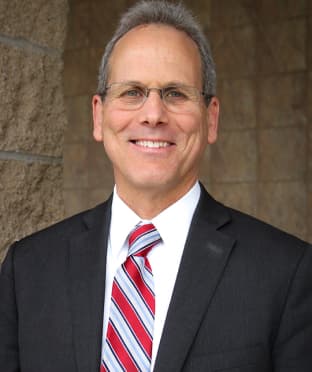If you’ve spent much time in traffic on California freeways, you have almost certainly had a motorcycle whiz between you and the car in the next lane. This practice, called lane splitting, is used by about 80% of California motorcyclists. And despite what many car drivers think, it is legal in California.
In fact, lane splitting has always been legal in California because the law never expressly prohibited it. In 2016, a law was passed that specifically defined and legalized lane splitting. It also gave California Highway Patrol the power to create guidelines for the safe practice of lane splitting. Interestingly, California is currently the only state where lane splitting is legal, although it is legal in many other countries.
Is lane splitting safe?
The answer to this can depend on who you are asking. Many motorcycle enthusiasts claim that lane splitting can increase safety, particularly for the motorcyclist. Some feel that they are more at risk of getting rear-ended if they are stationary than lane splitting. Motorcycles and their drivers are also more likely to overheat if they sit stationary for too long. They even go so far as to claim that when done correctly, it can reduce both traffic and accidents. And there is some data to back their traffic reduction claims.
However, the truth is that there is very little data about the safety of lane splitting. According to a UC Berkeley study, about 17% of motorcyclists who crashed between June 2012 and August 2013 were lane splitting at the time of their accident. And data from the National Highway Traffic Safety Administration show California as average for motorcyclist fatalities compared to other states even though it is the only state where lane splitting is legal. While some of this data may suggest that lane splitting can be safe, the fact is that the data is inconclusive and insufficient.
Everyone agrees, however, that following certain guidelines increases the safety of lane splitting.
What should motorcyclists know and do?
The first guideline from CHP is to take into account the whole environment—lane width, road conditions, weather, etc.—when deciding whether or not to split lanes. Additionally, the danger increases at higher speed differentials and at higher speeds. Some groups suggest that you should not be going more than 10 mph faster than other traffic nor should you split lanes if the traffic flow is greater than 30 mph.
It is safest to split between the far left lanes rather than other lanes of traffic. However, never ride on the shoulder. That is illegal for all drivers and is not considered lane splitting. Avoid splitting lanes next to large vehicles.
Be visible to other vehicles. That means you shouldn’t linger in someone’s blind spot or stay too long between vehicles. It also means that you should wear brightly colored or reflective protective gear and consider using high beams during the daytime.
What should other drivers know and do?
First, other drivers need to understand that lane splitting is legal in California. Some of the safety issues of lane splitting come from drivers being angry and upset that motorcyclists are driving illegally. They act on that anger even though they are wrong about the legality of it.
While lane splitting is legal, it is illegal for drivers to intentionally block or impede a motorcyclist. This includes opening a door to block or impede a motorcyclist. If you are driving in the far left lane, move to the left side of the lane to allow plenty of room for motorcyclists to split the lane safely.
All drivers should be courteous and thoughtful of other drivers as they share the road. Never drive impaired or distracted. Be alert and aware and always be anticipating the movements of other drivers as well as communicating your own intentions by signaling.
We Help Motorcyclists
If you’re involved in a motorcycle accident causing you injury, contact us today for a free consultation. We want to help you make sure your rights are recognized and protected and that you receive the help you deserve on your road to recovery.
